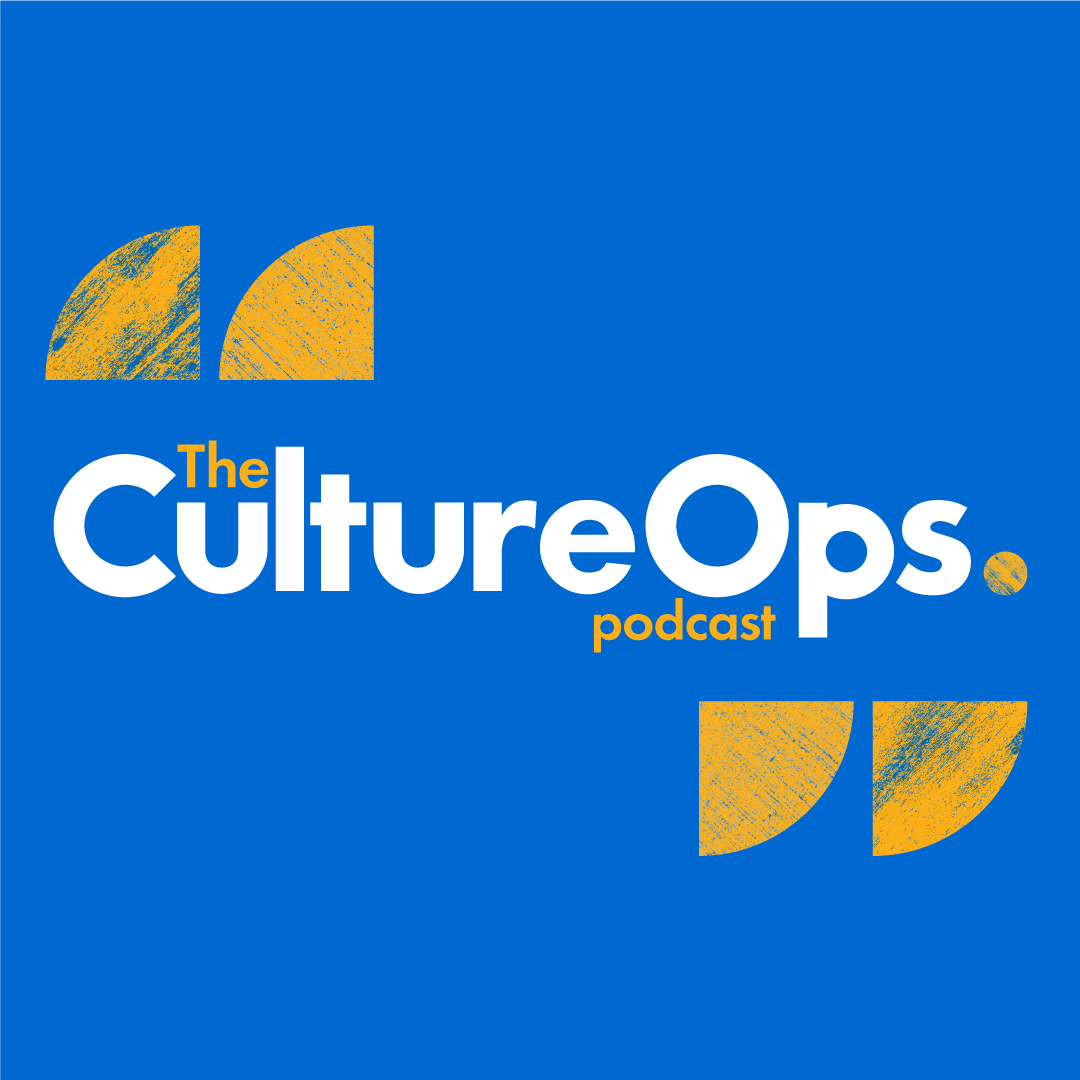How do you build a culture where people “care personally” ?
January 28, 2021

Kim Scott is the author of the best-selling book Radical Candor. Kim shares her experiences of developing a growth mindset, digging into the real examples that led to the creation of the Radical Candor framework. Listen in to the advice which has helped many businesses craft cultures of feedback and enable their teams to perform to their best potential.